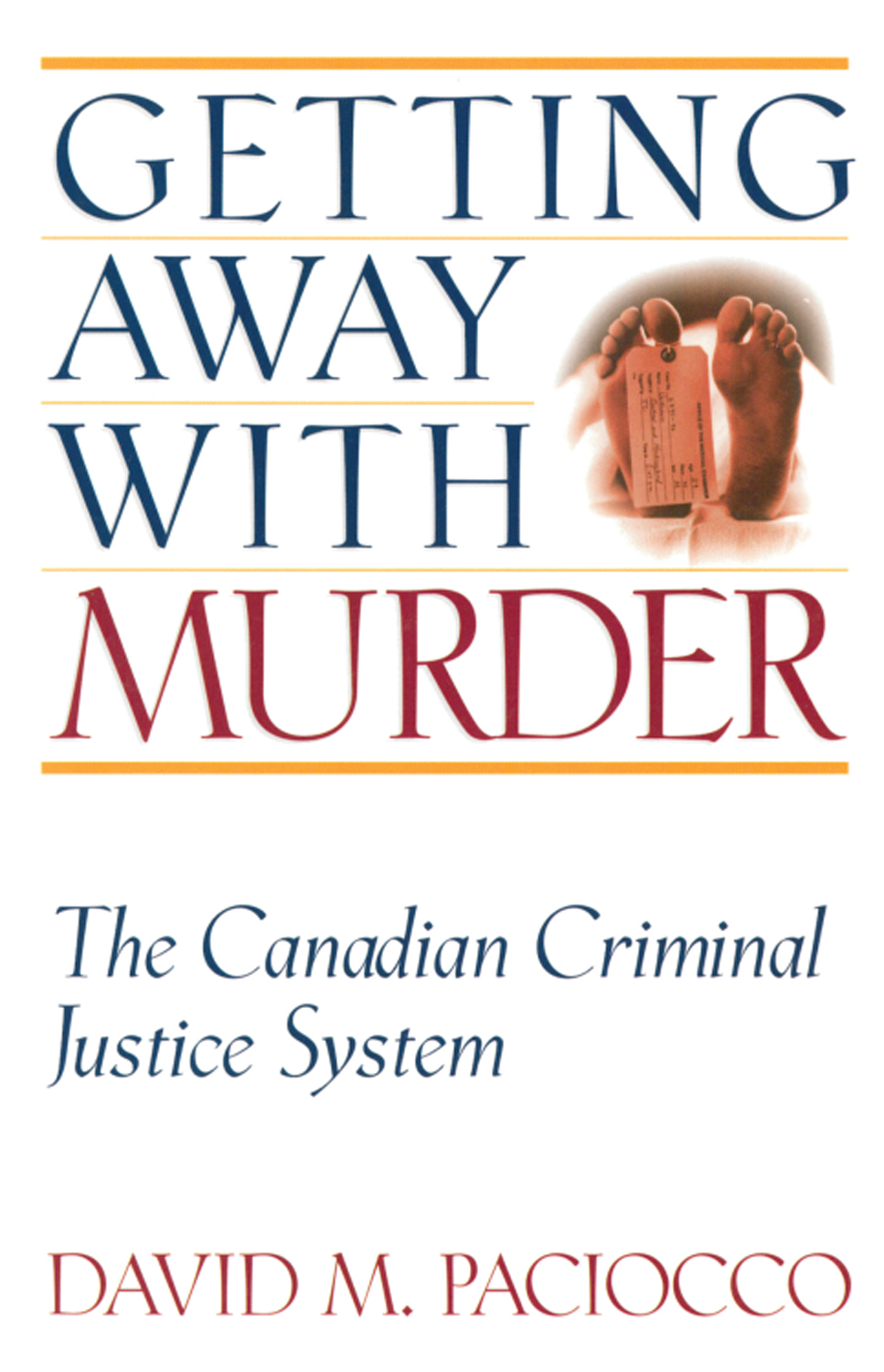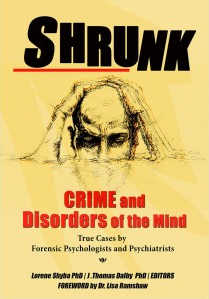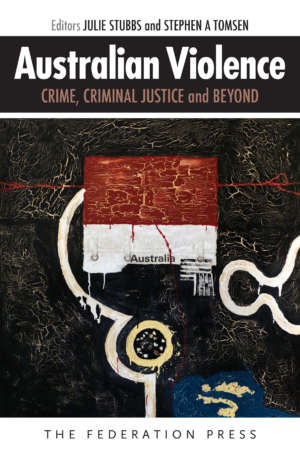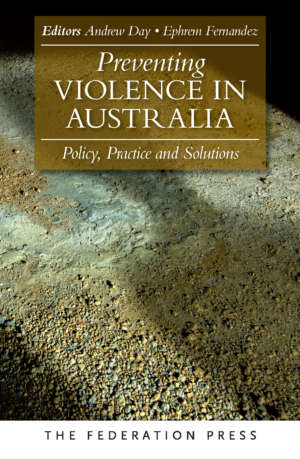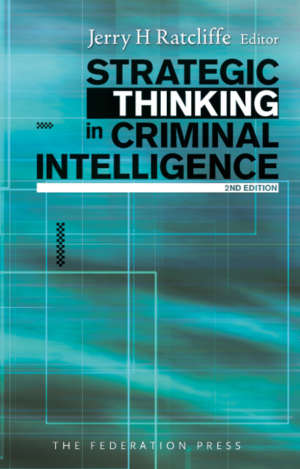Product Description
Qualitative researchers in the discipline of criminology perform a wide range of challenging tasks. They interview prisoners, police officers, magistrates and judges. They speak with survivors of domestic violence, and drink tea with the mothers of murdered children. They observe courts and communities, investigate the decision-making processes of juries and immerse themselves in the data they collect. They ask ‘big’ questions – ‘how do we criminalise the producers of toxic toys?’ – as well as ‘little’ questions – ‘what should I wear to conduct this interview?’
Qualitative Criminology: Stories from the Field brings to life the stories behind the research of both emerging and established scholars in Australian criminology. The book’s contributors provided honest, reflective, and decidedly unsanitised accounts of their qualitative research journeys – the lively tales of what really happens when conducting research of this nature, the stories that often make for parenthetical asides in conference papers but tend to be excised from journal articles.
This book considers the gap between research methods and the realities of qualitative research. As such, it aims to help researchers and students who conduct qualitative criminological research reflect upon their role as researchers, and the practical, ideological and ethical issues which may arise in the course of their research. It is also a call to criminologists to make public the ‘failures’ and missteps of their research endeavours so that we can learn from one another and become better informed and more reflexive qualitative criminologists.
The story behind the stories: Qualitative criminology research in Australia
Kelly Richards and Lorana Bartels
I. Experimental and exploratory qualitative research
Qualitative encounters in policing research
Jenny Fleming
Interviewing the jury: Three case studies from the Tasmanian jury sentencing study
Julia Davis, Kate Warner and Rebecca Bradfield
Simulation and dissimulation in jury research: Credibility in a live mock trial
Jane Goodman-Delahunty, Meredith Rossner and David Tait
II. Dealing with power and access
Breaking into the legal culture of the Victorian Office of Public Prosecutions
Asher Flynn
Negotiating access to the NSW Police Force Media Unit: A personal research experience
Alyce McGovern
Interviewing elites in criminological research: Negotiating power and access and being called ‘kid’
Kelly Richards
III. Researching sensitive topics and vulnerable populations
Researching sensitive topics, emotion work and the qualitative researcher: Interviewing bereaved victims of crime
Tracey Booth
A marriage of (in)convenience? Navigating the research relationship between ethical regulators and criminologists researching ‘vulnerable populations’
Hannah Graham
Getting lost in the field: The unpredictable nature of fieldwork with young people
Angela Dwyer and Hennessey Hayes
Crossing boundaries, developing trust: Qualitative criminological research across cultures and disciplines
Roberta Julian
Domestic violence research: Valuing stories
Heather Douglas
Journeys outside the comfort zone: Doing research in the Aboriginal domain
Harry Blagg
IV. Theoretical understandings of qualitative methodologies
Feminist criminological research and the meanings of violence
Gail Mason and Julie Stubbs
Criminological research and the search for meaning: some reflections on praxis
Chris Cunneen
Be careful what you ask for: Exploring fear of crime in the field
Murray Lee
What makes a good case study and what is a case study and what is it good for?
Diane Heckenberg
V. Dealing with distance: Traversing temporal and spatial boundaries
Researching Crime and violence: Untold stories from the field
Kerry Carrington
The challenges of doing collaborative research
Rob White
Light and shadow: Comparative fieldwork in policing
David Dixon
Index


